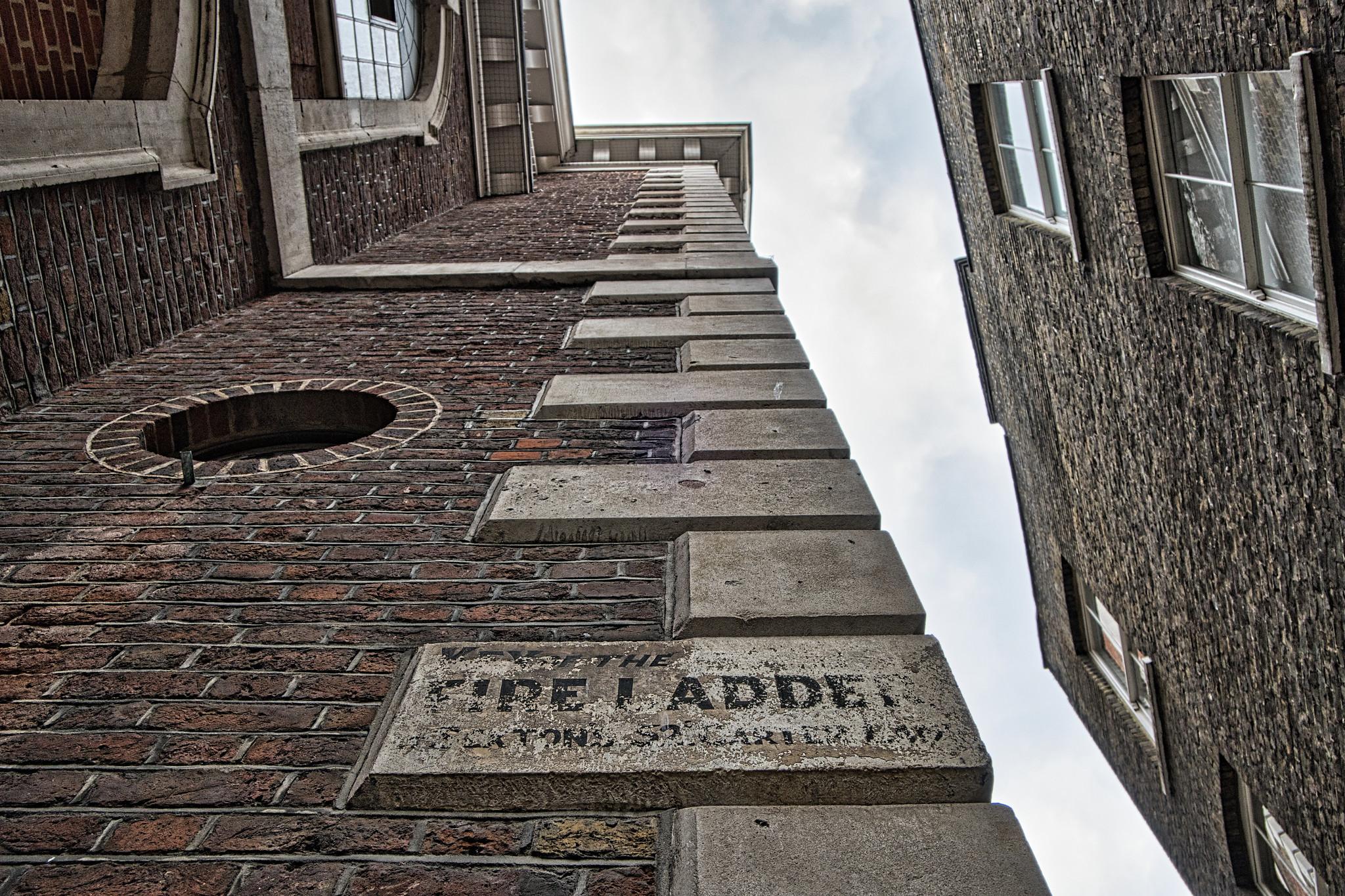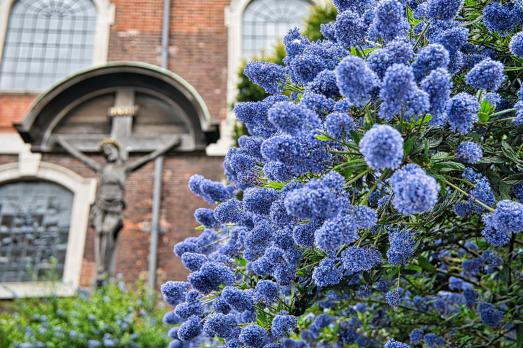The church has a history going back to the 13th century.
St Andrew's might seem understated, even plain. It has a simple brick exterior, with a rectangular brick nave and chancel with white stone quoins, and a simple tower.
The church was so badly hit during the Blitz that there was no chance to save the original Wren interiors. Instead, it was completely rebuilt inside the Wren walls, meticulously recreating the original 17th century design.
The church dates to the 13th century when it was linked to the nearby royal residence of Baynard's Castle. The castle is long gone but in the 14th century, Edward IV decided to move his state robes and regal paraphernalia from the Tower of London to storage in the Great Wardrobe near St Pauls. hence the name.
William Shakespeare would have known St Andrew's well. He worked at the nearby Blackfriars Theatre and bought a house in the parish. A modern memorial commemorates Shakespeare and a contemporary singer, musician, and composer named John Dowland, who was buried at nearby St Ann's, Blackfriars. St Ann's was one of the London churches not rebuilt after the Great Fire of 1666, so he is remembered here.
St Andrew's has close links with several of the London Guilds, and the banners of the Mercers, Apothecaries, Parish Clerks & Blacksmiths are on display. The Mercers livery company serves as joint patrons of the church council.
In the entrance hall is a 15th century bell that may be the oldest bell in the City of London. The bell was one of three installed in St Andrew's in 1933 from its original home at St Mary's, Avenbury.




